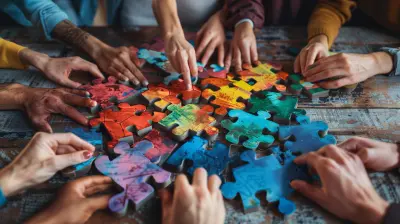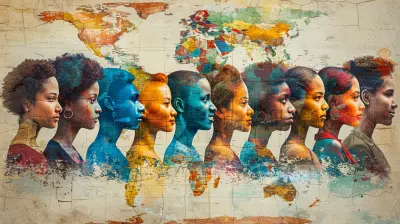How Blended Learning Can Improve Learning Outcomes
22 August 2025
We live in a world where learning is no longer just about chalkboards and textbooks. Technology has burst into the classroom like a surprise guest who ends up stealing the show. And one of the coolest things to come out of this tech-meets-education revolution? Blended learning.
If you're wondering what blended learning is, how it works, and—most importantly—how it helps learners do better, you’re in for a treat. Think of this article as your go-to guide that breaks it all down in simple, human terms.
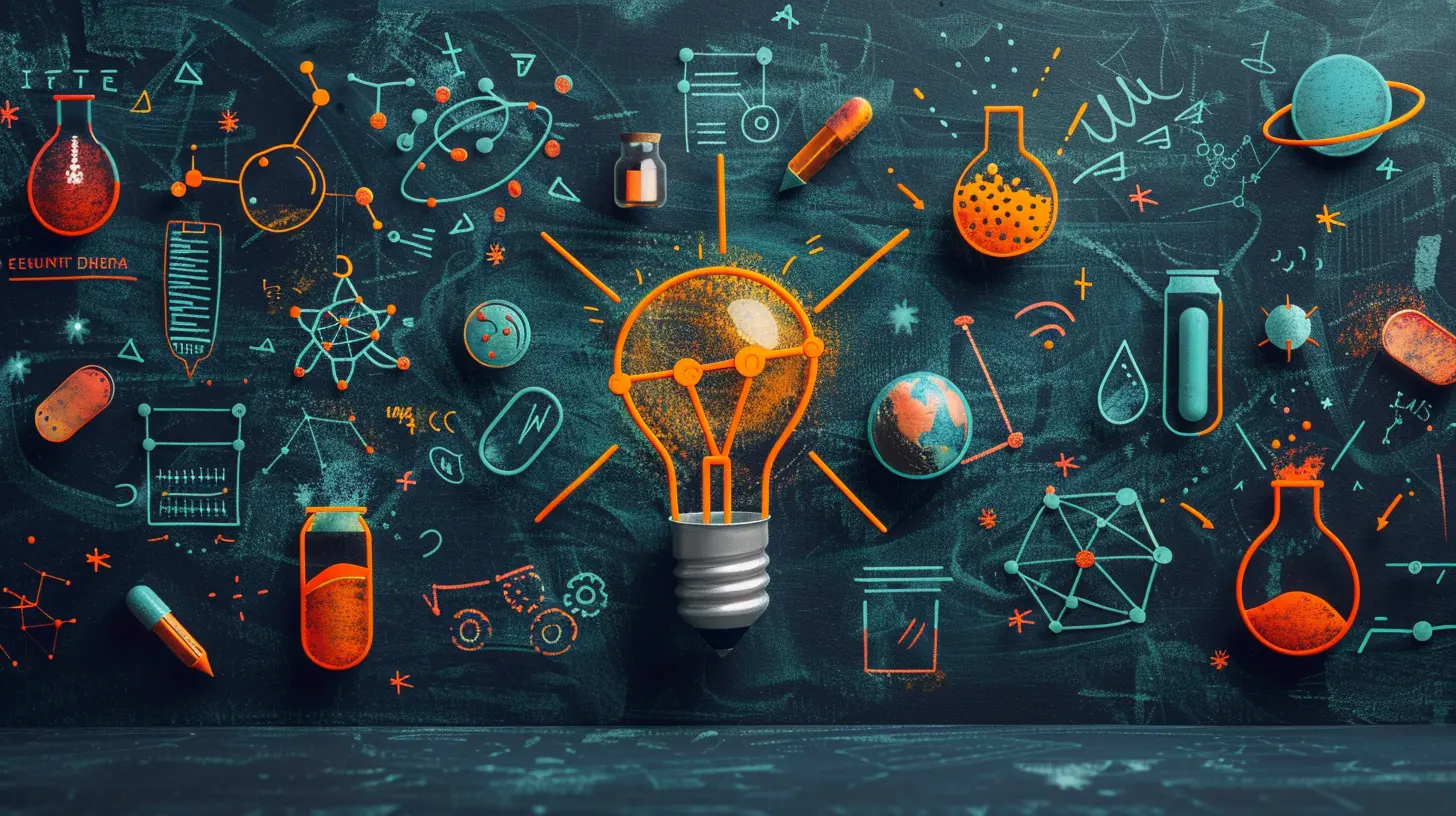
What is Blended Learning Anyway?
Let’s kick things off with a quick definition.Blended learning is a teaching method that mixes traditional face-to-face instruction with online learning. It’s like hitting that magical “best of both worlds” button. You’ve got the personal connection of a classroom PLUS the flexibility and resources of online tools. Pretty cool, right?
Imagine it like this: You go to class, chat with your teacher, work in groups, and absorb the vibe of real-time learning. Then, you log in from home and continue the lesson with videos, quizzes, or interactive games at your own pace. That’s blended learning in action.
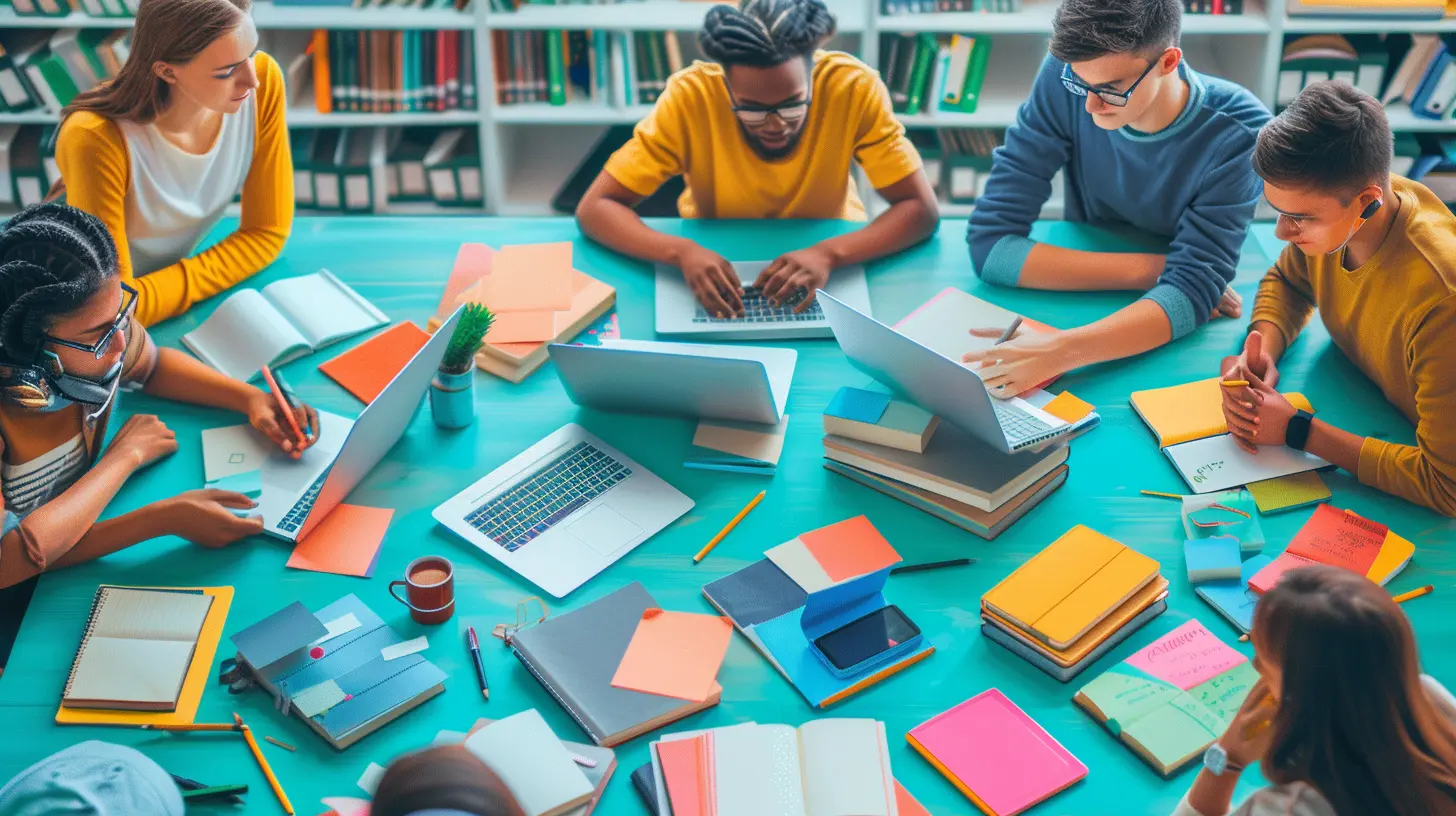
Why Is Blended Learning Catching On So Quickly?
Because it works. Simple as that.In the past, teachers stood at the front of the room, students sat in neat rows, and everyone followed the same path. But let’s face it—students aren't all the same. Some learn best by watching, others by doing, and some need to go over things a few times before it sticks.
Blended learning caters to all of them.
It’s personalized, engaging, and lets students take more control over their learning journey. And guess what? That translates into better outcomes.
Let’s unpack exactly how blended learning gives students a serious leg up in education.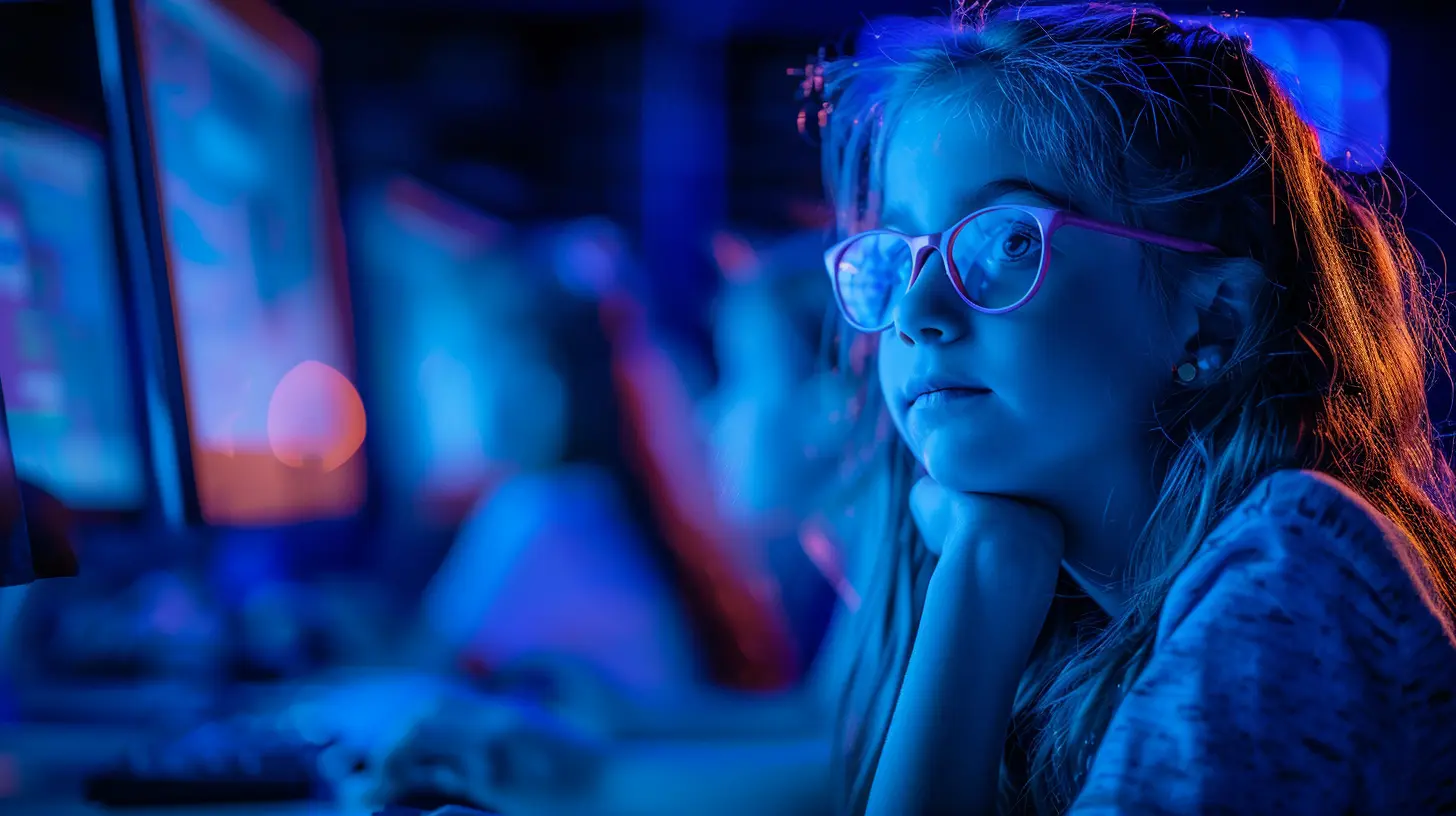
1. Flexibility That Fits Every Learner
Ever tried to squeeze a square peg into a round hole? That's what traditional learning can feel like for students who don't fit the mold.Blended learning offers flexibility that adapts to each learner’s style. Fast learners can zip ahead, while others can slow down and review at their own pace. No shame, no pressure—just learning that fits like your favorite T-shirt.
And for students juggling part-time jobs or family responsibilities, having the option to complete lessons online in their own time is a total game-changer.
Example:
Imagine you’re a high school student who struggles with math but excels in history. With blended learning, you can fly through history modules and spend extra time reviewing math concepts—without holding back the entire class.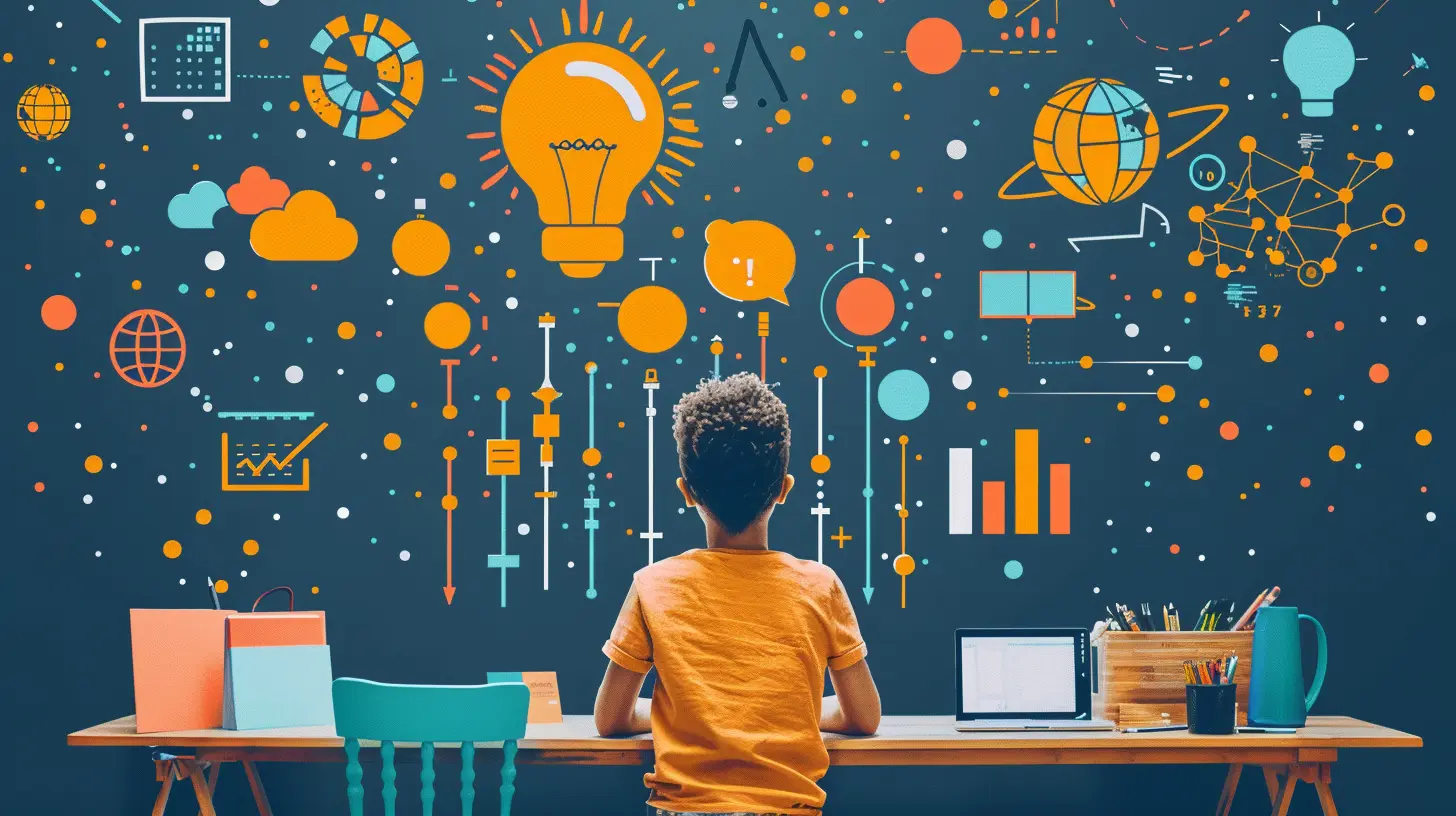
2. Increased Engagement Through Interactive Content
Let’s be honest—staring at a textbook for hours isn’t exactly thrilling.Blended learning spices things up. It introduces videos, animations, simulations, and even gamified quizzes. Suddenly, the content isn’t just something students read—it’s something they experience.
When students are engaged, they’re more likely to retain information. And when they retain information? Bingo—better test scores and deeper understanding.
Analogy Time:
Think of traditional learning as a black-and-white movie, and blended learning as a 3D IMAX experience. Which one would you rather watch?3. Personalized Learning Paths
No two students are alike, so why should their learning journey be?Blended learning allows teachers to tailor content in a way that meets individual needs. With tools like learning management systems (LMS) and adaptive learning software, it’s easy to track progress and offer extra help where needed.
Some platforms even suggest specific resources based on performance—like a virtual tutor whispering, “Hey, looks like you’re struggling with algebra, here’s a video that might help!”
This hyper-personalization leads to increased confidence, reduced frustration, and yes—better academic results.
4. More Time for Active Learning
One major perk of blended learning is it frees up classroom time.With lectures and basic instructions moved online, in-class time can be used for discussions, problem-solving, and collaborative projects. This is what educators like to call the “flipped classroom” model.
Instead of passively absorbing content, students actively engage with it—and each other. This makes the learning process more dynamic and memorable, sort of like turning a solo practice session into a team sport.
5. Immediate Feedback and Continuous Improvement
Remember waiting days or even weeks to get your test results back? That delay can kill momentum.With blended learning, feedback is often instant. Online quizzes show you right away if you nailed it or need to go back and review. This immediate response keeps learners in the zone and encourages continual improvement.
It’s like having a coach right beside you, saying, “Nice try—let’s work on this part again.”
6. Developing Tech Skills That Matter
Let’s face it—we’re living in a digital world. Being tech-savvy isn’t just a bonus anymore; it’s a must-have skill.Blended learning naturally integrates technology into everyday learning. Students get comfortable with using digital tools, navigating online platforms, and managing their own schedules.
These are real-world skills employers love. So in a way, blended learning isn’t just improving academic outcomes—it’s preparing students for life after graduation.
7. Enhanced Teacher-Student Interaction
You might think that adding technology would reduce personal connection. But here’s the twist—it actually enhances it.When students handle basic learning online, teachers have more time for meaningful one-on-one interactions during class. They can address individual questions, clarify tough concepts, and just be more “present.”
It’s like moving from being a lecturer to being a learning coach—and that support can make a big difference in student morale and motivation.
8. Better Data Equals Better Decisions
Blended learning platforms collect data like a pro. Teachers can see which lessons students struggle with, who’s falling behind, and where to intervene early.This data-driven approach takes the guesswork out of teaching. It’s like having a GPS for your classroom—taking detours when needed and showing exactly where to head next.
For students, that means faster support, personalized help, and fewer chances of falling through the cracks.
9. Inclusivity and Accessibility
Blended learning helps break down barriers. Students with disabilities or learning difficulties can benefit tremendously from features like screen readers, captioned videos, adjustable fonts, and more.Plus, online content can be accessed anytime, anywhere. That means students who might miss class due to illness, travel, or other conflicts don’t get left behind.
It’s education made more equal, and that’s something worth cheering for.
10. Preparing Students for Lifelong Learning
Perhaps the biggest win? Blended learning teaches students how to learn independently.They gain self-motivation, time management, and critical thinking skills. In today’s fast-changing world, where new skills constantly pop up, that’s pure gold.
It’s not just about passing the next test—it’s about thriving in the long run.
Let’s Wrap It Up
Blended learning isn’t a passing trend—it’s a powerful transformation in how we approach education.It brings the best of both worlds: the warmth and structure of classroom learning, paired with the innovation and flexibility of online tools. It meets students where they are, caters to how they learn, and helps them grow into confident, capable individuals.
So, if schools, colleges, and universities truly want to boost learning outcomes and equip students for the real world, blended learning is the way to go.
And let’s be real—who wouldn’t want to upgrade from a flip phone to a smartphone? That’s what blended learning is doing for education.
all images in this post were generated using AI tools
Category:
Blended LearningAuthor:

Bethany Hudson
Discussion
rate this article
1 comments
Blaze McAuley
Exciting insights! Blended learning truly enhances student success!
September 13, 2025 at 4:44 AM

Bethany Hudson
Thank you! I'm glad you found the insights valuable. Blended learning indeed plays a crucial role in fostering student success!
